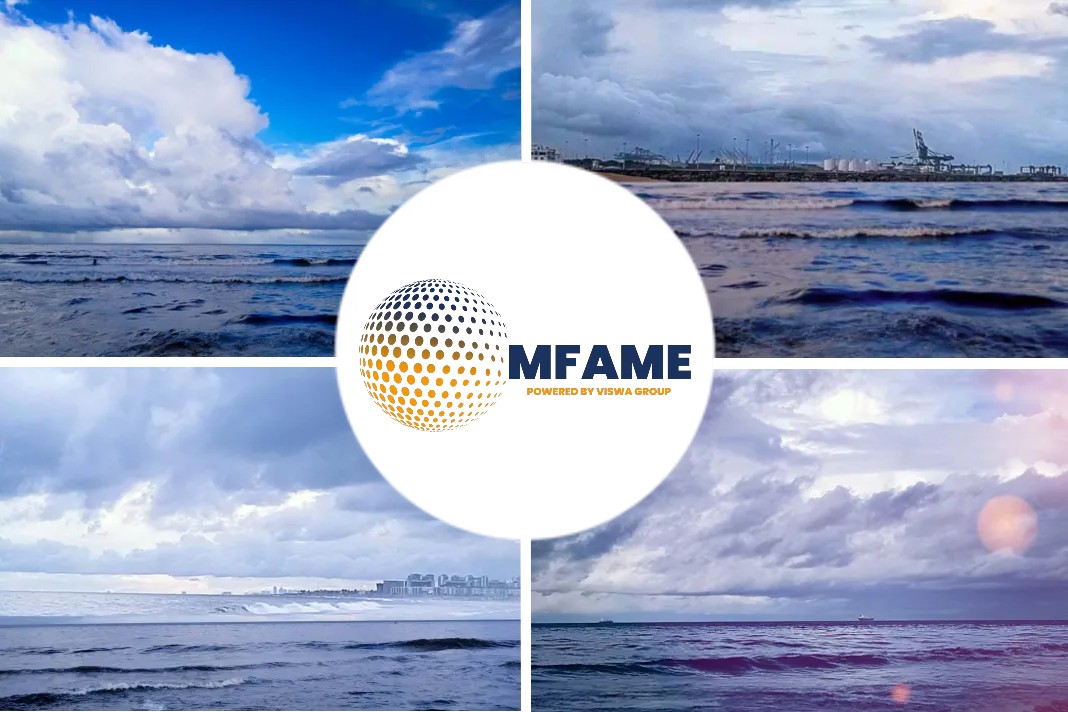In a major development, the Brazilian mining major Vale’s has announced that they are planning to discard all tanker-to-VLOC bulker conversions from their iron ore shipping engagements as it is expected to have minimal supply-side impact on the global Capesize market, reports Platts.
What is it?
“Following Vale’s new risk management approach, Vale has decided for the phase-out or substitution of 25 converted vessels (from VLCCs to VLOCs ) from its fleet, either through early termination or amendment of contracts,” the company said Wednesday.
With a few converted Very Large Ore Carriers (VLOCs) recently involved in accidents including the sinking of the Stellar Daisy in 2017, market sources said many of these ageing bulkers had not been trading actively since late 2019.
Anchored For Long
Most VLOCs are converted single-hull Very Large Crude Carriers that were phased out of oil trading business due to safety concerns in the late 1990s and early 2000s. China’s gargantuan appetite for iron ore during the commodity super-cycle years between 2000 to 2008, saw mining companies embracing these converted VLOCs.
“We have checked the itinerary of these vessel and found out many of them had been anchored for a long time,” a Capesize ship-owning and operating source said.
“When we heard this information from the owners [of converted VLOCs] early this year, we thought that this would be very good for [Capesize] owners. But it has not been not so far.
Why Owners Not Going For It?
- The Capesize market has continued to stumble over the last two months, with current operating costs for a standard vessel widely indicated at around $5,000/d.
- The spot market, for a non-scrubber Capesize vessel burning compliant fuel, reflected by the Platts Cape T4 Index, has stayed below $5,000/d for 47 of the 84 trading days between January and April.
- Given the pressure on Capesize rates so far this year, charterers have shown a strong preference for more economical and modern vessels than VLOCs.
A source with a company that owns a few converted VLOCs said it was proving difficult to find the right business for these ore carriers in the spot market that would offer decent returns.
The source said that even to get these vessels demolished is a complicated procedure as qualified shipyards would need to be found, as well as reasonable scrap value.
“So we may do a cold lay-up first and wait for the right time to send the ship for demolition,” the source said.
Divergent Views
While some market sources held divergent views on the outlook for the Capesize fleet supply, a few pointed out these VLOCs would be sent to scrap as most of them were over 20 years old – almost the ripe age for demolition – but there were others who said these vessels have been superseded by the newer giant Valemaxes.
Platts has recorded 33 large size bulker newbuilding deliveries this year totaling 7.58 million dwt, including one Valemax, six Guaibamaxes, 20 Newcastlemaxes and six standard Capesizes.
Demolition Drive Hit By COVID19
The drive to demolish these vessels has taken a hit due to lockdowns in South Asia, where the world’s largest shipbreaking centers are located in countries such as India, Pakistan and Bangladesh.
“I hear space [for demolitions] in [Bangladesh’s] Chittagong is full and so ships are waiting for their turn,” a Capesize ship-operating source said.
A Capesize shipbroker said: “Indeed, demolition is good and supply is lower. But the world economy is in recession, I am not so positive.”
Did you subscribe to our daily newsletter?
It’s Free! Click here to Subscribe!
Source: Platts






















